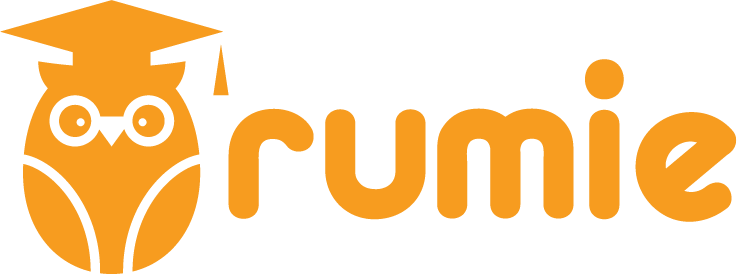Do you dread writing report card comments for your kindergarten class? Do you not know what you should write about? Are you unsure how to say what you need without a negative reaction from a particular family?
Effective report card comments can:
Target areas of strength, growth, and weakness.
Build collaboration with student families.
Address difficult but necessary topics with more confidence and skill.

Confidently write effective report card comments for your kindergarten students using these tips!
1. Prepare for Success
The easiest way to help yourself create meaningful report card comments is to prepare.

Document, Document, Document!
Don't wait until report card time to document and assess.
Write down every topic and subtopic for your report card.
Create a spreadsheet with the names of your students.
Look at your lesson plans and target an area each day or week to assess or gather documentation to save for report card time.
Check off the topics and subtopics on your spreadsheet as you complete them.
Example for Phonics:
Week 1: Plan a lesson to document the ability to match rhyming words.
Week 2: Plan a lesson to document the ability to match initial word sounds.
Week 3: Plan a lesson to document the ability to separate words into syllables.
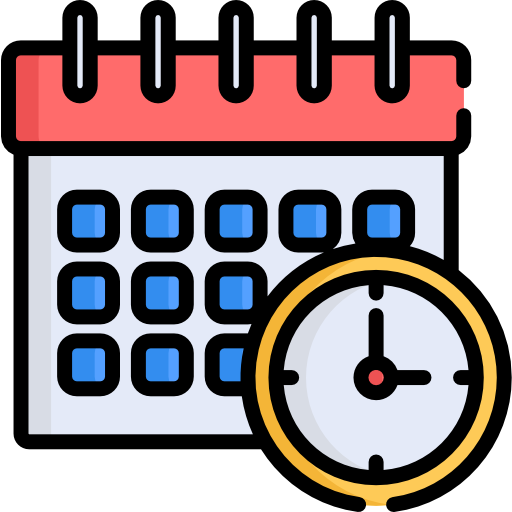 Start Early
Start Early
Your best and most thoughtful report card comments will not come at 2 AM on the morning they're due.
Use a calendar app, lesson planner, or paper calendar to remind you several weeks before your deadline.
Give yourself a set amount to do each day.
Include time to reread and edit.
Pad your schedule with extra time in case of problems.
 Avoid Surprises
Avoid Surprises
If you need to give critical feedback, the report card comments shouldn't be the first time the family is informed of it. Waiting to give negative news only creates a larger negative reaction from families. Good feedback:
Is frequent, ongoing, and two-way.
Prevents problems from growing.
2. Start and Stay Positive
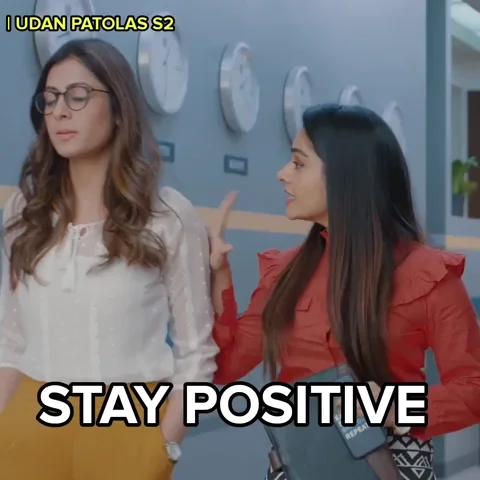
How you say it can be as important as what you say. Families can easily see critical report card comments as a dislike of their child or a judgment on their parenting style.
Good relationships with classroom families are important because:
Families are a large part of your students' lives.
Negative relationships with classroom families can create numerous problems.
Families are a valuable source of information.
It helps ensure that what they learn at school is reinforced at home.
Start with a Strength
The first sentence of your report card comment should be what the student has done well, improved on, or is interested in.

Incorrect: "Joe can't sort objects into categories."

Correct: "Joe is very enthusiastic about science experiments in the classroom and always has comments and predictions to add. He is starting to sort objects into categories with less teacher support."
Discuss Areas to Grow
Any areas of concern and weaknesses need and should be addressed in report card comments. When mentioning them:
Keep the focus on progress and improvement.
Consider using the phrases: "learning to", "starting", "...with less teacher support."

Incorrect: "Heather can't use the calm down steps and often hurts her friends when she is upset if the teacher does not intervene."
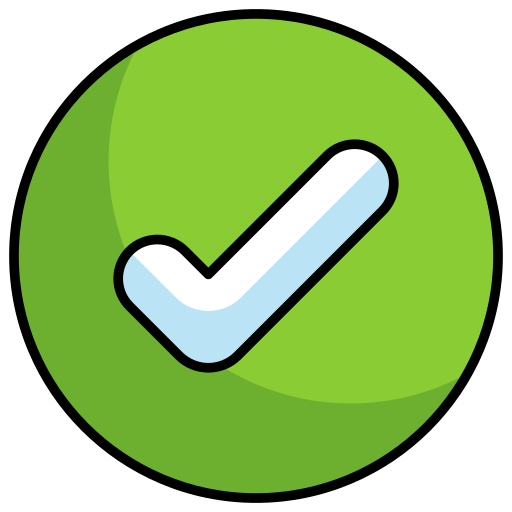
Correct: "Heather is able to repeat the calm down steps she has learned in the classroom and is starting to keep her body to herself and use the calm down steps with less teacher support and reminders."
Prioritize
Be selective. Focus on one or two goals per area that will have the greatest impact on future learning. Look at the next steps in learning and what skills are most needed for future success.

Example: Not being able to count to ten is a larger concern than the ability to sort objects into groups and subgroups.
3. Personalize and Be Objective
Individualization
Each child is unique. If your report card comments aren't individualized, they won't be effective.
Use your documentation to get a complete picture of each child's unique strengths and weaknesses.
Target the areas that will help the student be the most successful in the future.
Use their names! This helps make sure parents see you are considering them as an individual.
Make sure their name is correct and autocorrect doesn't sabotage you!
Objectivity
State the facts. This is a professional document. If you can't prove it, don't include it. This will also help you avoid accusations of bias.
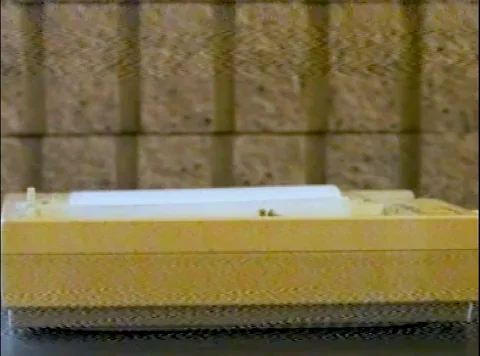

Incorrect: "Matt doesn't notice or care when he takes toys from peers, and they are upset. He doesn't like to share."
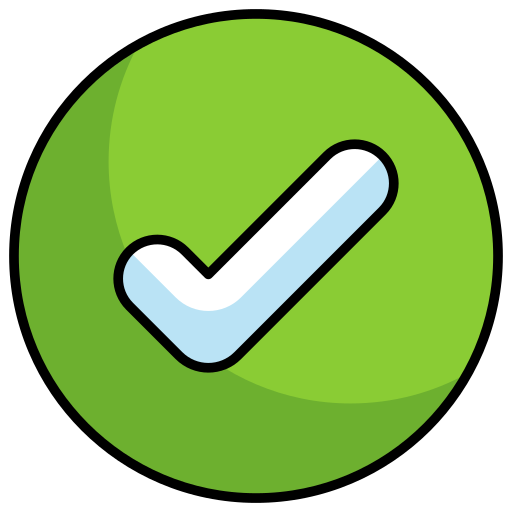
Correct: "Matt is able to identify the emotions of his peers when asked by the teacher. He is learning to share and take turns with less teacher reminders and intervention."
4. Keep It Simple
It's almost always better to write or say less. Families can contact you if they need or want more information. When you write or say too much you can:
Make a mistake.
Forget or hide your objective.
Create needless confusion.
Reduce the likelihood of parents/guardians paying attention or reading the entire communication.
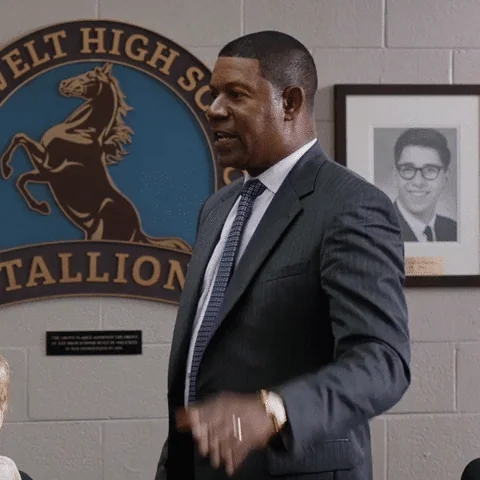
Don't start from scratch! If you like a phrase you wrote, edit and reuse it.
5. Make It Actionable
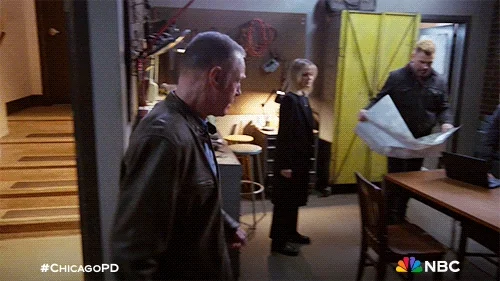
Critical feedback that doesn't include a way to change is ineffective. When writing report card comments, make sure to include ways for families to support students' development at home.
If a particular document or strategy is mentioned, consider including a link or supporting document explaining it.

Incorrect: "Peter is learning to regulate his emotions and think of solutions to peer conflicts with less teacher support."
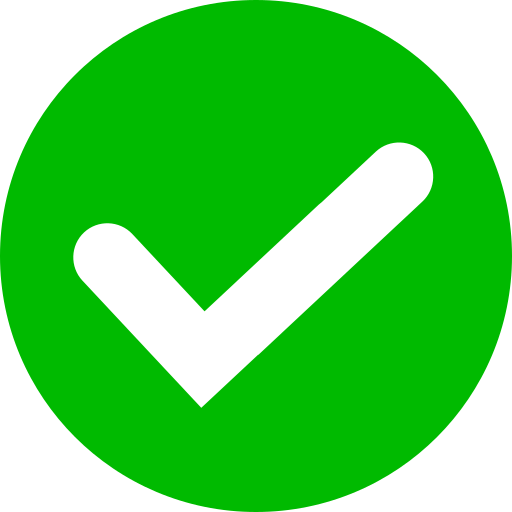
Correct: "Peter is learning to regulate his emotions and think of solutions to peer conflicts by using The Calm Down Steps and Problem-Solving Steps taught in the classroom with fewer teacher reminders."
Quiz
"Joe is learning to use calm down exercises with teacher support." What could make this comment actionable?
Test Yourself

Ms. Johnson needs to write report card comments about a child, Robert, with challenging behaviors in the classroom. Robert is energetic and disruptive and tries to encourage peers to join him when he "acts up." She has written four different versions of the comment.

Version 1: "Robert wanders the room when he needs to sit and does not complete activities at school. He also makes noise and tries to encourage peers to join him. His homework is often not done."

Version 2: "The child is disruptive in the classroom. It is preventing him from learning, and he is falling behind."
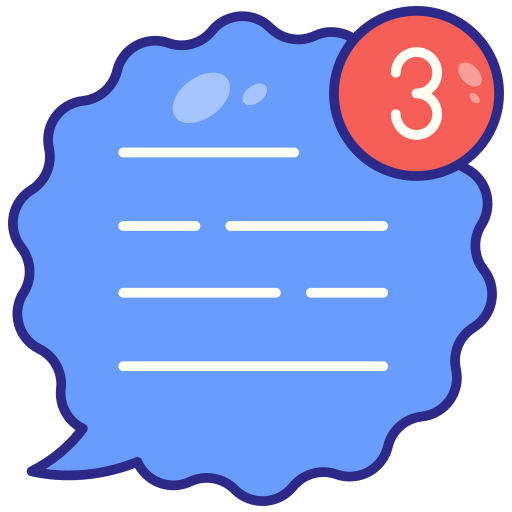
Version 3: "Robert shows creativity in the classroom and often invents games and easily gets peers to join him in play. He is learning to stay on task and complete assigned activities with fewer teacher reminders. Robert enjoys using a reward chart for staying on task at group time and has started to use a task checklist with teacher support."
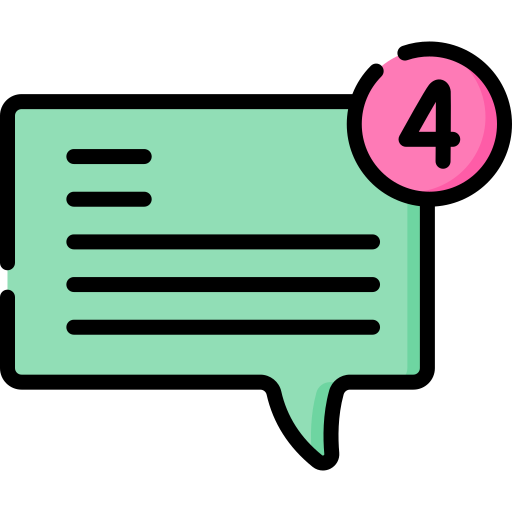
Version 4: "Robert takes a leadership role in games and easily gets peers to join him in play. He is starting to learn to stay on task for longer time periods. Robert is also practicing skills in the class to remember and complete tasks.
Quiz
Which comment version should the teacher select to use?
Take Action
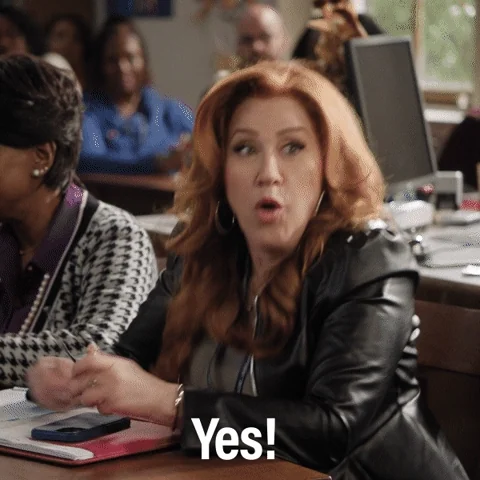
You now have the tools you need to more easily write effective report card comments for your kindergarten students. Now, put what you learned into practice:
Your feedback matters to us.
This Byte helped me better understand the topic.
